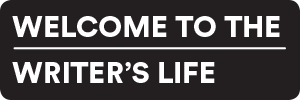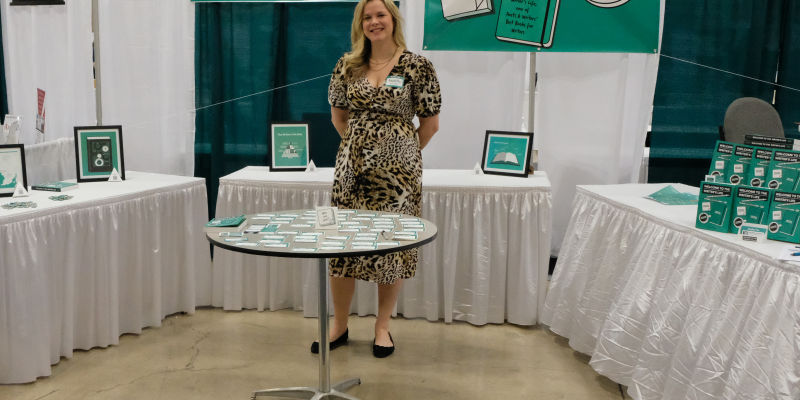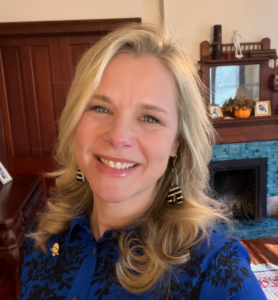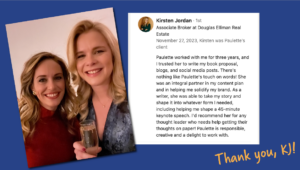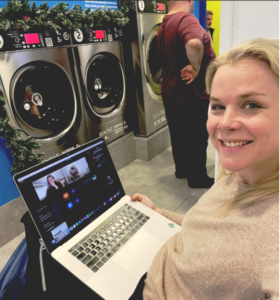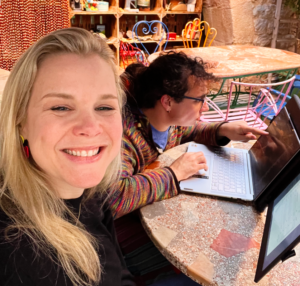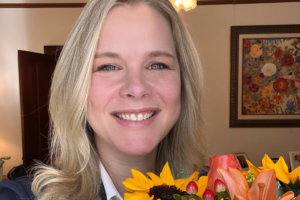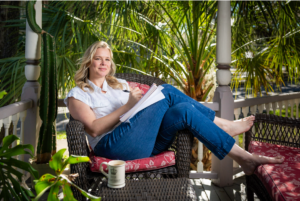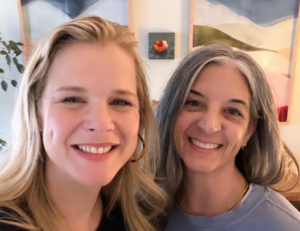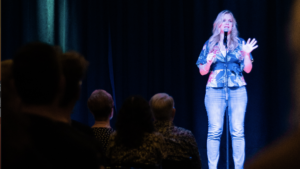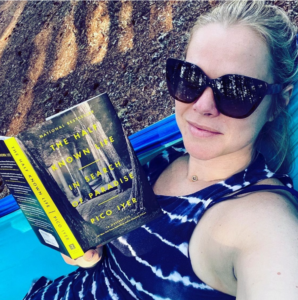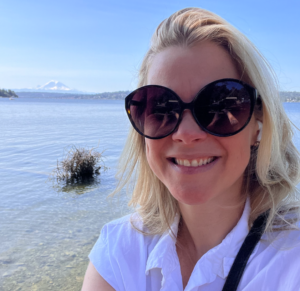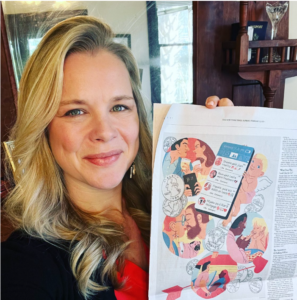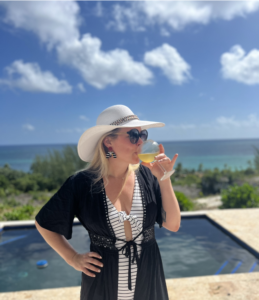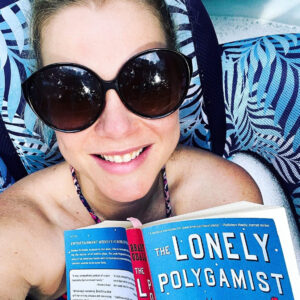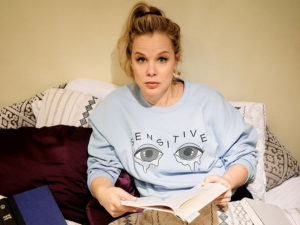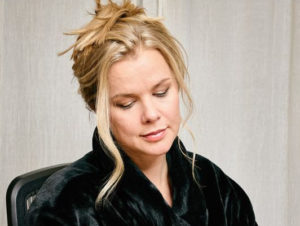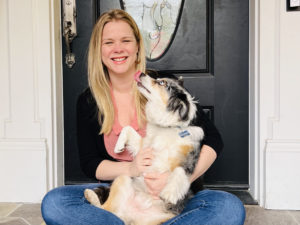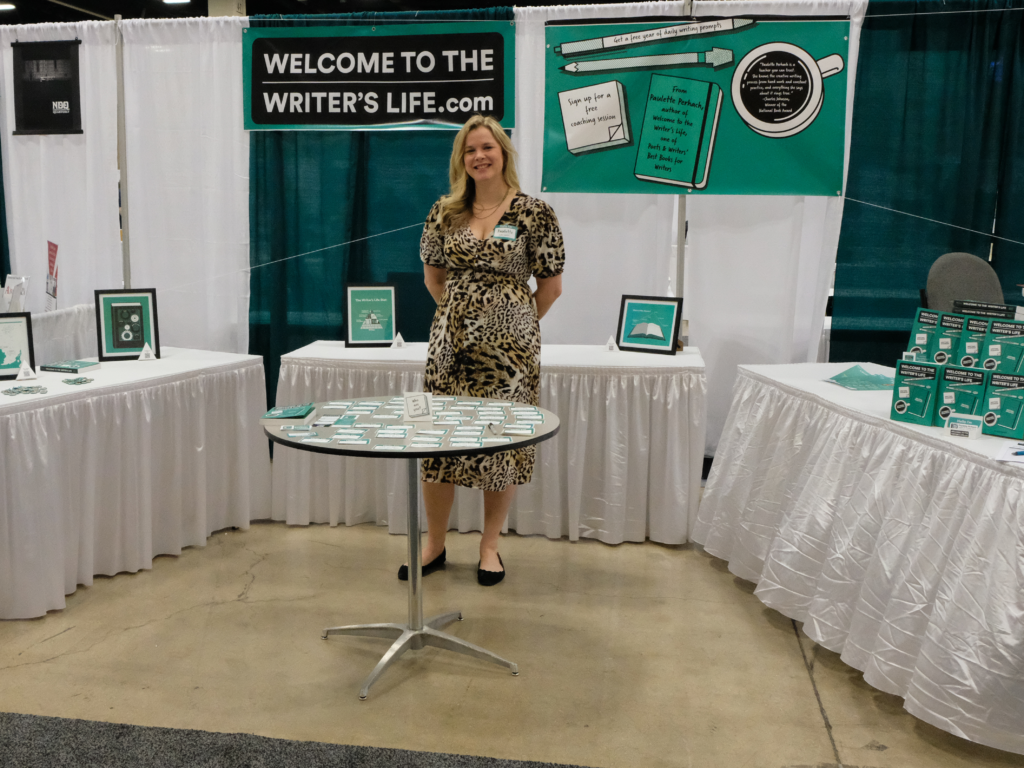
“Yes!” said a young woman at the AWP conference for writers, rounding the corner to my all-the-way-in-the-back-corner booth. “This is where those stickers are coming from!”
It was the last day of the conference, and I already felt some shift was happening. I had 250 new people on my mailing list, had sold most of my books, and, best of all, the people coming to my booth were having a blast. So was I.
Marketing, for me, had finally clicked.
I intentionally learned about it over the last three years, but I had to go outside the writing community to figure it out. Because marketing is a business skill. And, in general, we writers suck at it.
Recently, a writer commented in a Facebook group with something like, “I’ve been writing for years but I only have 40 followers on Twitter.”
You don’t get followers by writing, I told her. You get followers by marketing.
This story is going to let you in on some of what I’ve learned over the past few years, especially in 2019, when I did a self-study “Writer’s MBA.”
This post assumes you’re doing all the writerly things. You’re reading and working and re-writing and workshopping. You are making The Thing. And The Thing Is Good. Now how do you get people to care?
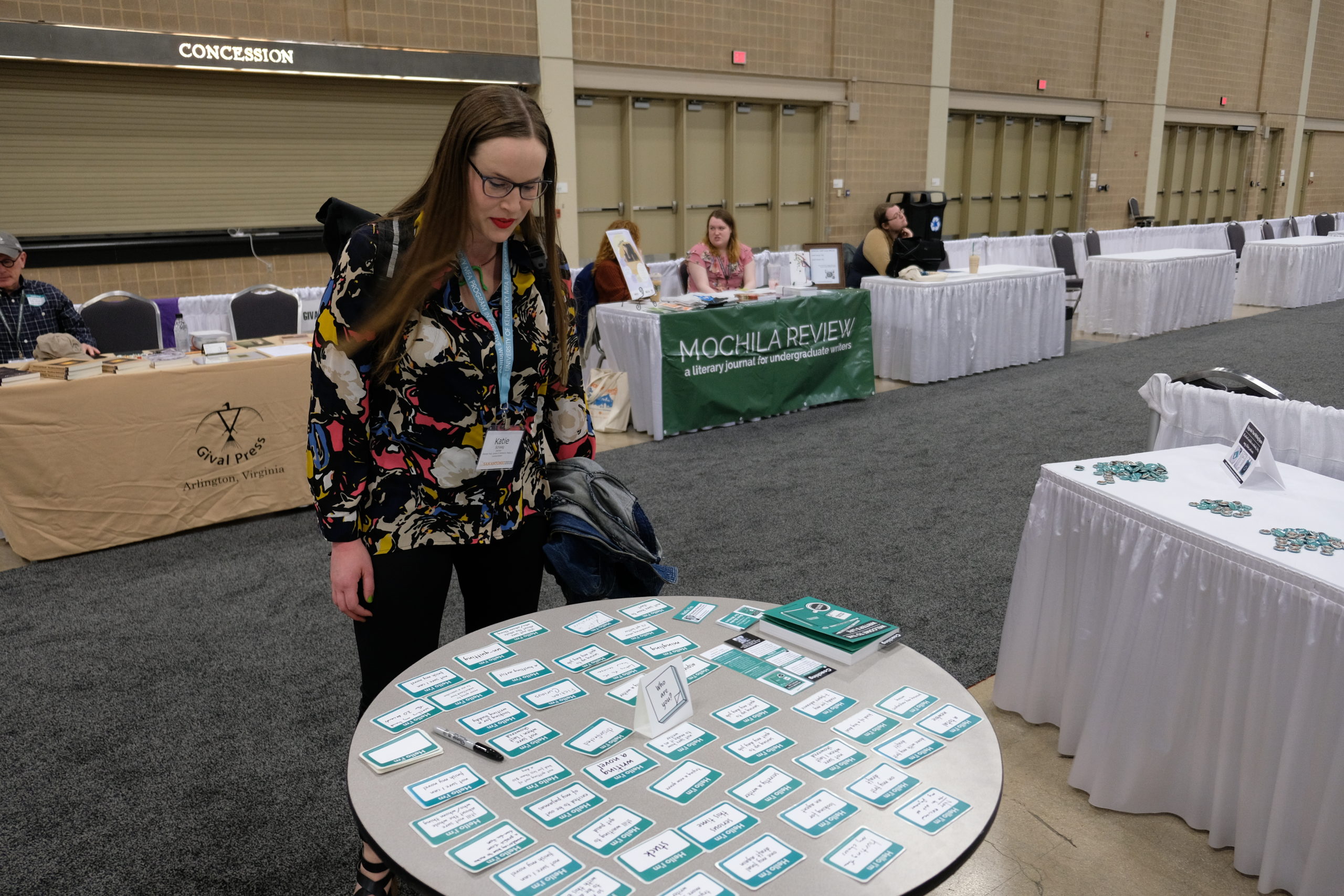
Psst: This site uses affiliate links.
Why Do I Know About Marketing?
In 2016 I had an article go viral about women and money. Though I was trying to climb Literature Mountain, I found myself zip-lined straight to the top of Personal Finance Mountain. I met and befriended its leaders, women like Paula Pant, Stefanie O’Connell, Kristin Wong, and Erin Lowry (she’s the one who let me in on this secret: everybody loves stickers.)
My mind split in two, with one ear taking in the world of writers, and the other the world of business, money, and entrepreneurship.
Once, in New York, I went to a conference on my financial side with Erin. We walked into a swanky rooftop party, and a server immediately handed us cocktails. A rose petal floated on the liquid, and, in the center of it, the logo of this company was imprinted. I looked at Erin and said, “Is nothing sacred?” “No, just drink,” she joked.
Meanwhile, we writers are afraid to get a business card.
When I go to FinCon, the conference for money media, stickers and swag get thrown at you like frisbees. People are on their feet and on their shit. No one seems to feel ashamed to sell what they are selling.
To be honest, I like a little humility, but there’s a balance, and we writers are nowhere near the level where we might go overboard.
I want to live a financially safe life as a writer, and I don’t think I can count on the publishing industry to take care of me. Peace Corps has made me a realist and shown me that I’m not owed anything. I have to go out and get it for myself. So, for me, that means taking charge of my own business model, aiming to make as much per hour as possible so that I can buy the hours I need to make my art.
That means that I need to market myself, my writing, and my other money-making products and services.
So, What the Hell Is Marketing?
Marketing is cultivating a group of people who desire what you sell. When I walk through AWP, I don’t see a lot of it going on. At most booths, I see a stack of books, a sign with the name of a publisher, lit journal, or school, and people sitting behind a table, either looking at their phones or looking like

Here’s the marketing system I used:
This system not only worked, in that I met my “business goals,” it was fun for both me and the people who stopped by.
Step one: The Free Sample.
I had something small and cheap that brought my flavor of value to the people passing by. For me, this was a collection of name tags that described states of being. The value that they added were that they were funny, which only cost me my creativity. In money, the stickers cost me $36.16 for 640, getting them printed in color cost about $50, and getting stickers for the back advertising the mailing list people could sign up for was $41 (although maybe I didn’t need that, because I was right there to tell them about it.) So in total, $133, or about 20 cents a person.
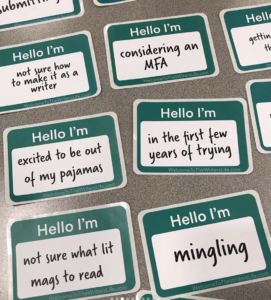
The stickers also had my website on the front, though on a dimmed font. Split Lip Magazine also had stickers, one of which I have on my laptop right now, which says, “head down, keep writing, don’t be an asshole.”
I have another pin I love, which says, “Good luck in all your endeavors.” I kept seeing these, with great lines from rejection letters. Who gave them out? I have no idea. Their logo or name wasn’t on the pin.
What else could you do for a free sample?
Good news, you’re creative, so you can create one!
They can be extremely cheap. For example, you could use this template maker (which I also used to make my counter displays).
Here are a few free samples that come to mind:
- You could make matchboxes with writing prompts on slips of paper inside.
- Make dice out of cubes and offer people a chance to roll to win a free book.
- Or make one of these fortune tellers with the fate of writers on them.
Here are a few guiding principles about free samples:
They should carry the mood of what you’re selling.
Whether it’s for your book or your school or your editing service, the free sample should carry the voice. Mine were silly because I’m silly.
Brenna gets me:
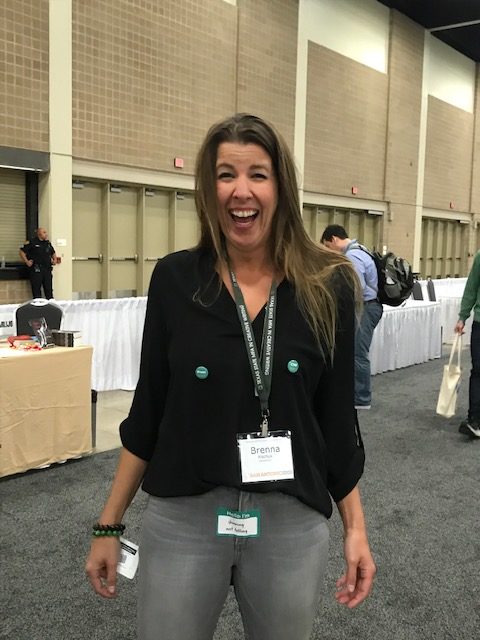
If I were selling my horror book, I might include a free book coffin with purchase.
Your free sample should give you something to say.
So you’re not sitting there like
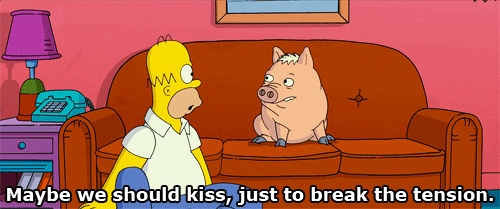
Or, if you are extremely introverted, it should give you something for your poster or banner to say. I ended up hiring a local, Alayna, to help me ($300). At the beginning of the conference, she said to one person, “Would you like a silly sticker?” The person was already three steps beyond the table where said silly stickers were placed, but they stopped and backtracked, looked down and smiled.
That was our line from then on.
Your free sample should be actually and literally free.
Once at a music festival in a beautiful canyon, some company like T-Mobile handed me a piece of sweet swag. “Can we take your picture with it?” Eww, no. I handed it back. They wanted to take from me the image of my face and and transfer it to their branding.
At my booth, a famous author picked up the nametag that said, “Hello I’m a famous author.” I wanted to take his photo with it for Instagram, but that would have been asking him for something. That’s where I felt the line that crossed into creepy, and I stopped. (Perhaps this is why I’ll never be a millionaire. But that’s ok.)
Your free sample should delight and invite.
While people were looking at stickers, I asked them their genre, then gave them a pin with their genre and my small logo printed on it. This was probably overkill. Because this was my first time with a booth, I kind of went nuts.
I spent $177.65 on 700 buttons, and that was probably dumb. Although, doing the math, that’s about 25 cents per person who will probably keep the button longer. I probably had about 100 left over, so let’s say 30 cents.
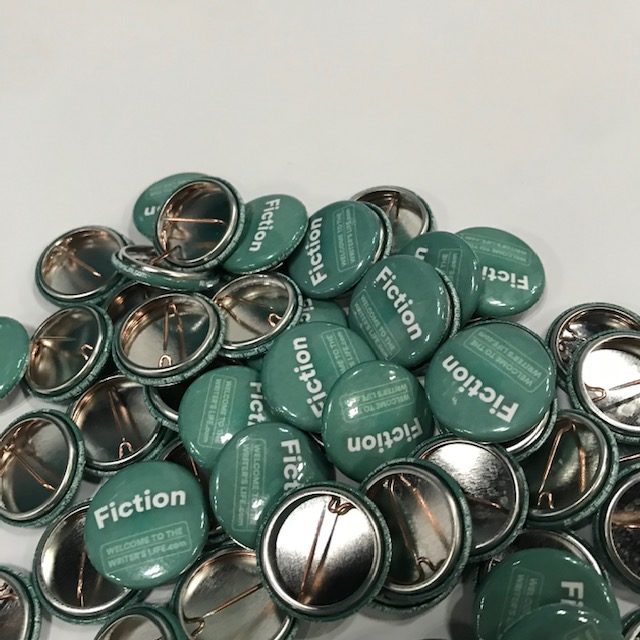
Either way, the idea is that it can be very cheap, and you only really need one thing.
Step 2: The Lead Magnet
Do you have a mailing list? You need a mailing list. Yes, it feels like a 1999 thing to do, but it’s a piece of marketing you control, direct to the people who are interested in your work. How do you get emails? Offer something else of value in return, which is what a lead magnet is.
I spent 2019 to writing 365 emails with writing prompts and additional marketing messages. By about email 320, I regretted this decision. But I got through it, and now I have those emails
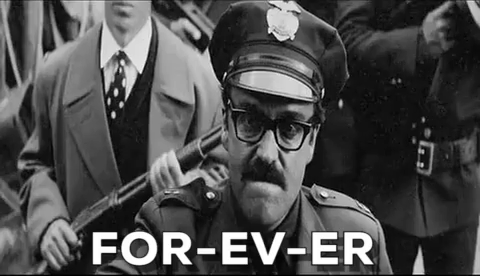
Now, I can invite people to sign up for a free year of daily writing prompts.
So what should your lead magnet be?
Again, you’re creative, so create. Curate a list of your 10 favorite books like yours. Offer a free service. Ask yourself: What would the people you think would like your writing also like?
To set up a lead magnet, you have to create:
- The lead magnet. Solve someone’s problem, give a quick burst of delight, or provide inside access. Sample chapters, a free story, audiobook, roundups, giveaways, checklists, coupon, cheatsheets, templates, or tutorials all work.
- A way for people to sign up for it. A link to a landing page or a sign-up sheet. (Services like MailChimp make these easy to create.)
- A way to get the lead magnet to them, usually an email autoresponder.
- A way to tell them about it, such as you at your booth, your banner, or your social media.
Again, I went overboard had a second lead magnet, which is my free 15-minute coaching session. Like the buttons, this was kind of a secondary thing, and I wished that I just had one thing at each step. It felt a little clustered. Next time I’ll have one option for each part.
Step 3: Oh by the way I do this thing (which costs a little money).
Now we get to paying the bills. This was my third part of the process: to sell my books. I had six frames printed with the infographics from the book ($40). I told visitors we were going to give them away to six people who signed up for the list (another kind of sidecar lead magnet).
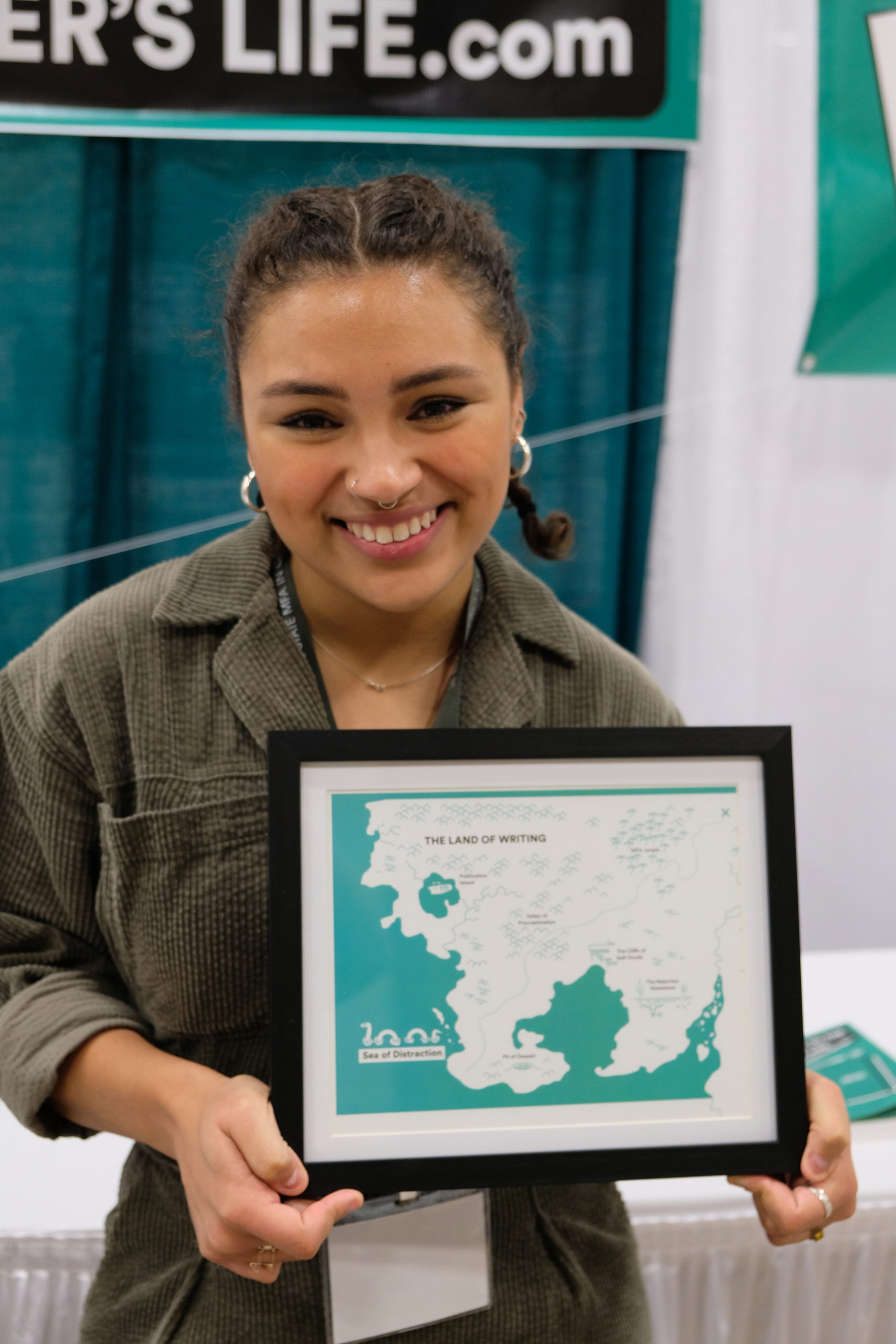
These framed photos also gave me an excuse to talk about the book. I displayed the stack like a good little Vanna White, and mentioned that it had gotten the Poets & Writers Best Books for Writers designation.
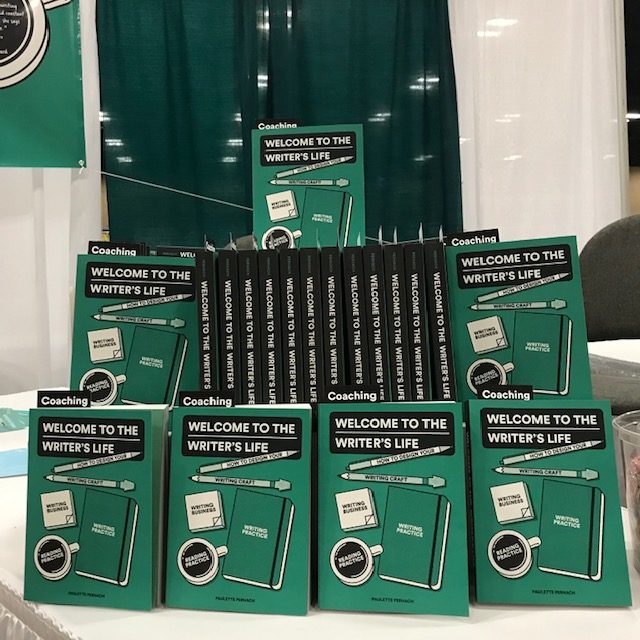
I could have pushed the book harder, but I really didn’t want to feel too salesy. I’m still a writer, after all. But I at least let people know it was there, and that it was for sale.
Advanced level Step 4: Oh, by the way, I do this other thing (which costs kind of a lot of money)
According to the cheesily titled but actually really valuable book “Dotcom Secrets,” the steps of the things you offer are like a ladder, and most people’s ladders don’t go high enough. That is, you don’t offer that one thing that the people who really connect with you can get, even though they would.
For writers, this might be something like public speaking, editing, or teaching. For me, it’s coaching and doing developmental editing. To set up this business, I studied with the most shamelessly salesy woman I know, Amanda Abella, to learn all of her ways, and adopt only the ones that I feel comfortable with. She is shameless, I am shame-ish. Luckily, my coaching clients have had great things to say about my program, and so I really do feel that I’m bringing someone a lot of value, and also charging them a lot, and that’s ok!
Give people a chance who really believe in you, like you, and value what you do to give you a big opportunity. I didn’t expect anyone at AWP to hire me for this level of work right then. I just wanted to gather a group of people who like silly writers that also happen to be serious about bringing lots of value to the people they encounter.
As you can see, I had little bookmarks tucked into the books with information about coaching. Those suckers were actually expensive: 75 cents each, for a total of $75.
Do I Love Marketing?
I like making money.
Is all this a pain in the ass?
It sure does take time!
Wouldn’t I rather be writing?
Yes! (but it also can be creative and kind of fun.)
Am I doing this to set up a system that will support me for the rest of my career so I don’t have to count on the ever-fickle publishing industry to do it?
Yes!
Will I be pissed if I die before I see the fruits of all this labor and never publish my novel?
A little.
What felt different about AWP was that it felt fun. I had fun, and I saw people at my booth smiling and laughing, happy to have found it.
For all the money I spent, here’s what I got out of AWP:
- 250 people added to my mailing list
- Had someone want to follow up to order products off my Society6 store
- Met 5 people who have the power to offer my writing course through their organizations
- Found 2 possible podcast guests
- Got an offer from someone who’s published 10 books to help me with my novel if I help him with his marketing
- Met 3 people who want to offer my book to their students
- Learned about a few new literary magazines where I think my work might fit
- Met the editor from The Rumpus and talked about nerdy things
- Got invited to be on a podcast right there at AWP
- Got an offer to guest blog
- Met 2 sources for interviews to build my next writing course
- Met 2 people who explicitly said they want coaching
Mostly, it’s an investment in my writing. I wrote 10 pages of my novel at AWP, a novel that’s taking me

Creating and marketing other services takes the pressure off my creative work. Makes me less nervous about the state of the publishing industry.
Before I set out to become a writer who could also make a business out of it, I was afraid marketing and selling would feel awkward, alienating, and embarrassing. It didn’t feel like that at all.
We shouldn’t accept the fact that writers will never make money. We have to be intense about making money for ourselves.
If you want to get better at marketing, here are 5 books that have helped me:
Would you like blog posts right in your inbox?
I now offer an email newsletter to make sure you never miss a post!
